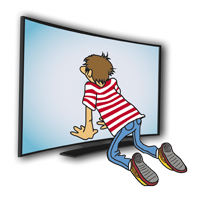Author: Águeda Delgado – Translation: Erika-Lucia Gonzalez-Carrion
When writing a scientific article, one of the textual cohesion mechanisms used has to do with repetition; thus, when the referent is lost, it is recovered by repeating it. However, repetition (lexical or semantic), if abused, can obscure the text and make it unreadable. The same can happen with the information that is being unraveled in the work.
Duplicity of information can be understood in two ways: on the one hand, within the article itself, where, many times, there is a tendency to duplicate the information offered to the reader, for example, by using graphs and text that provide the same data. The article, therefore, becomes redundant, contravening the main features that should be emphasized in a scientific text: clarity, precision and brevity. On the other hand, we can speak of duplicate publication when the content appearing in an article is substantially similar to other previously published research. In this case, moreover, there is a malpractice that transgresses editorial ethics. Even if the author or one of the authors is the same in both publications, if there is repetition of information (hypotheses, sample size, methodology, results) it is understood that the publication is duplicated and will be rejected by the journal in question. This duplicity can be: total or partial, in the same or different format, in the same language or in another, it can include new data or only reproduce previous data… In short, it would be plagiarism or self-plagiarism with the consequences that may derive from it.
